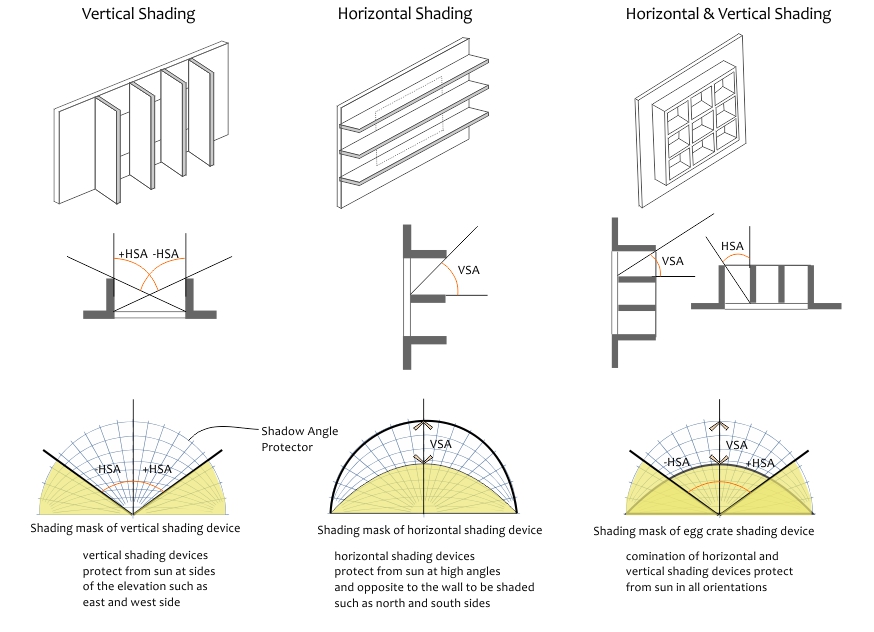
Shading Fairconditioning
Shading devices on the external side of the window include shutters, awnings, canopies, blinds, and projecting horizontal and vertical fins. Correctly designed, these sun controls are the most effective of all for reducing solar radiation since the absorbed heat is dissipated externally.

Safal Corporate Office Vertical, Shading device, Facade
The demonstrated shading system design meets all the necessary requirements for comfort conditions in the space, that include efficiency of shading for mitigation of harmful (excessive) solar gains (that may lead to space overheating and increase in cooling loads) and acceptable amount of useful light entering the space.

Aluminum solar shading SPECIAL FINS Levolux steel / extruded
Therefore, vertical sun shading devices like fins, vertical louvres or even trees are more suitable. Horizontal sun shading will have little effect unless it is extremely deep and extends far from the house. North and South Facing Sun Shading. However, the sun's angle in the north and south is much higher. The closer you live to the equator.

Vertical Sun Shading Plays the Angles For Inside Comfort Danpal
Vertical fins and egg-crate designs for other orientations. Adjustable shading devices can be repositioned to allow for seasonal temperature variations or user control during unusually warm or cool periods.

Sun Shading Devices Architecture The Architect
The egg-crate shading devices combine both vertical and horizontal shading elements together and block sunlight and solar radiation from all directions, which make them own a high shading efficiency and could provide optimal shading in regions of hot climate. The horizontal elements control the ground glare.

NBBJ Creates High Tech Shading System for Buildings ArchDaily
2. Reduced Energy Loss. External window shades reduce solar heat gain and improve the comfort inside a building. Their use also ensures that your cooling and heating bills are reduced to a minimum. That's why shading devices are a vital component in energy-efficient buildings and architecture. Sun shading reduces the energy requirement for.

Shading Devices 2030 Palette
Building facades and vertical shade. In Marina Bay, Singapore, the high-end retail pavilion for the fashion house Louis Vuitton features a subtle but effective shading system for sun control of the all-glass structure. Sun glare proved a major problem for the interior spaces, so FTL designed a fabric-based solution using ePTFE and glass fiber.
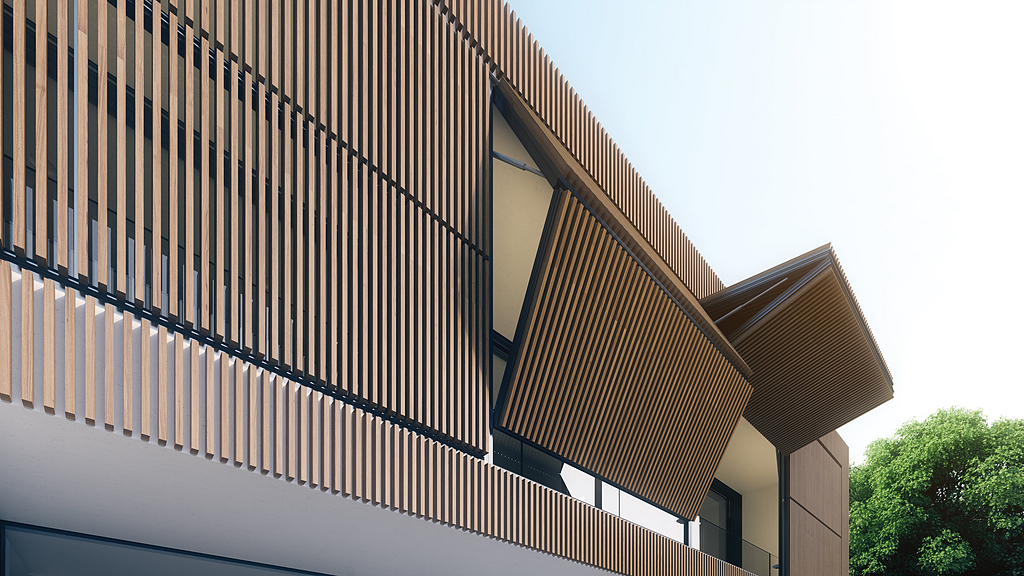
Façade Vertical Folding Shading System Rabel 14200 from Rabel
Design of Suncatchers. Suncatchers are vertical sunlight-redirecting devices parallel to the building facade. As vertical devices, they are best for intercepting low-angle sunlight on the east and west side of buildings. Suncatchers shade low angle sun and may block views. Light they catch tends to be reflected downward, witch can result in glare.

External Vertical Sun Shading BRISOLEY STORSAN MOVABLE SUNSHADES
77 companies | 299 products My filters vertical Delete all Manufacturers A A. Zahner (5) Accsys Technologies (4) AFS International B.V. (1) AIRSUN (4) ALUCOBOND (2) ALUMIL S.A. (1) ALUMINCO (1) AMI A. LENGLART (1) ANDRITZ EUROSLOT Architecture (1) ArcelorMittal Construction (1) Arconic Architectural Products SAS, Merxheim/Frank (2) B Betsinor (4)

Window Shading Devices H&H Metals
Horizontal shading devices are typically useful on south elevations, while vertical shading devices are well suited for east and west elevations.

Vertical Aluminum Sun Shading Louvers Aerofoil Fixed Electric Manual
Well-designed sun control and shading devices can dramatically affect indoor temperature. The thermal performance of interior spaces in hot arid desert is highly influenced by various passive design techniques, e.g. space dimensions, facade colors, fenestration ratio, glazing type; and vertical and horizontal shading devices.
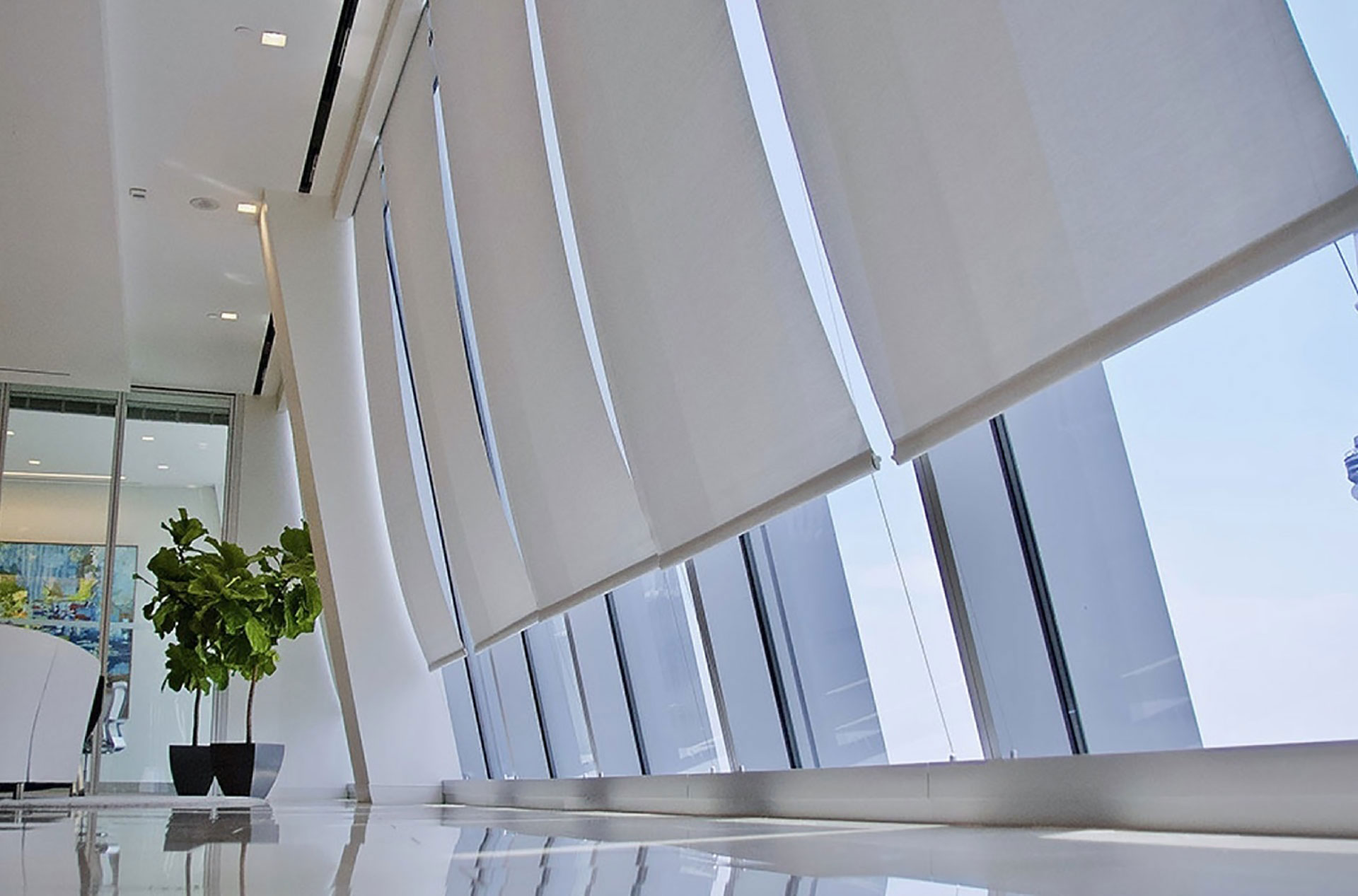
Automated Shading System Everything you should know
Description The use of sun control and shading devices is an important aspect of many energy-efficient building design strategies. In particular, buildings that employ passive solar heating or daylighting often depend on well-designed sun control and shading devices.
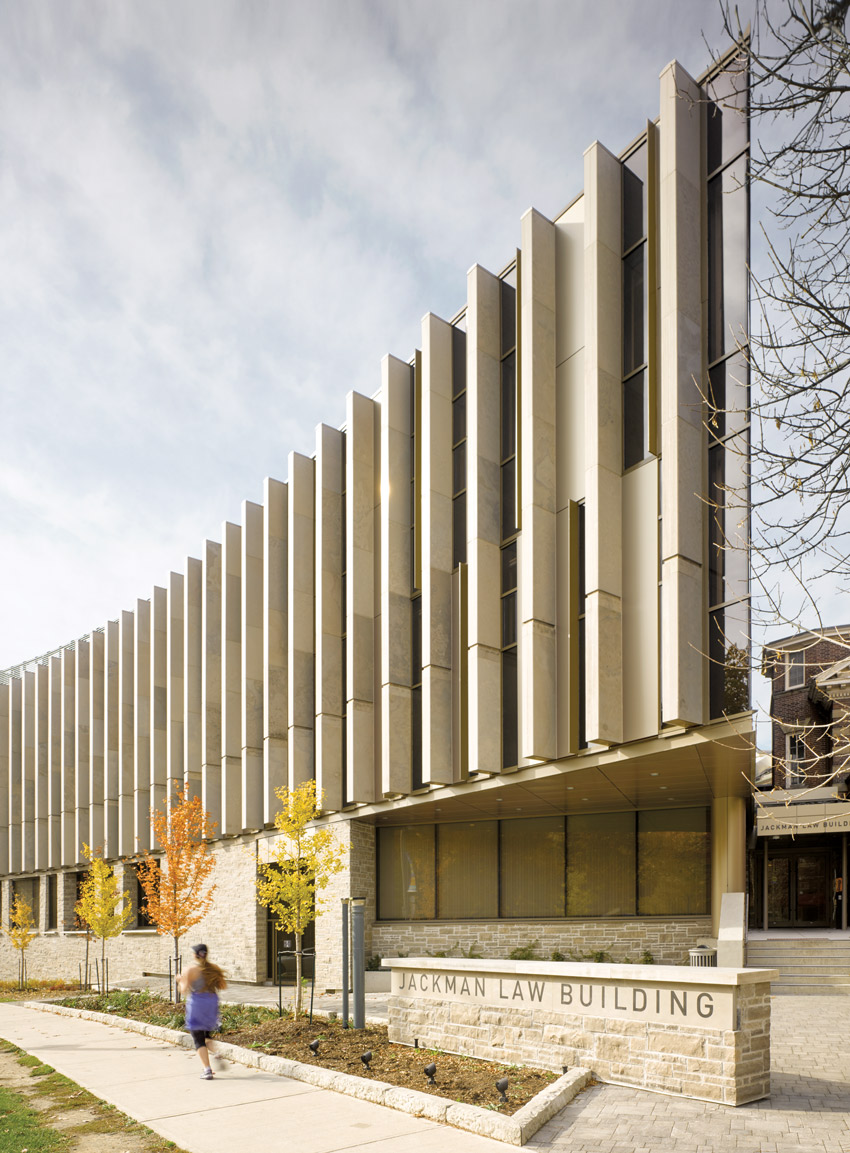
CE Center BuildingIntegrated Shading
Structural controls like 'external shading devices' are essential environmental controls that either obviate or greatly reduce the need for mechanical heating and cooling to maintain thermal comfort inside buildings, by controlling heat gain through openings.

Shading devices
Vertical shading devices serve as a typical design response that can tick boxes in both engineering and architectural camps. Through thoughtful application, vertical shading can bring life back to a glass box and offer a unified design and engineering solution.

vertical shading devices Google Search Shading device
When vertical shading devices were oriented 0-degree angle as in Case 1, a higher air speed was distributed across a DSF air cavity and the vertical convective currents were created. On the other hand, in case of 90-degree angle oriented as in Case 7, a higher air velocity was created near the interior and exterior glazing except for around.
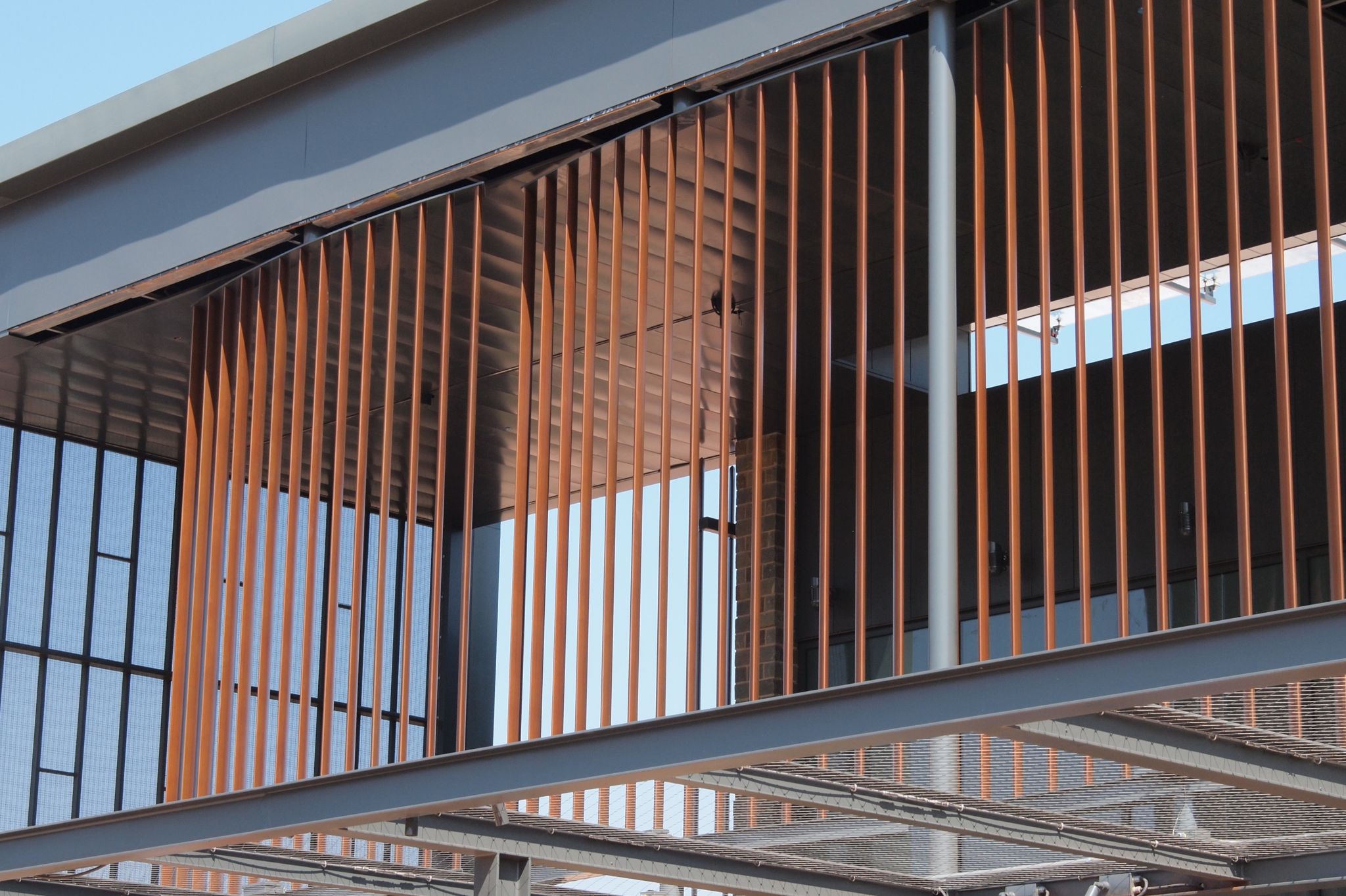
10 key questions about exterior shading Construction Specifier
The principles that have been considered to selec t the best window layout, horizontal or. vertical, in terms of potentiality to be shaded for the necessary period are the device. area (the.